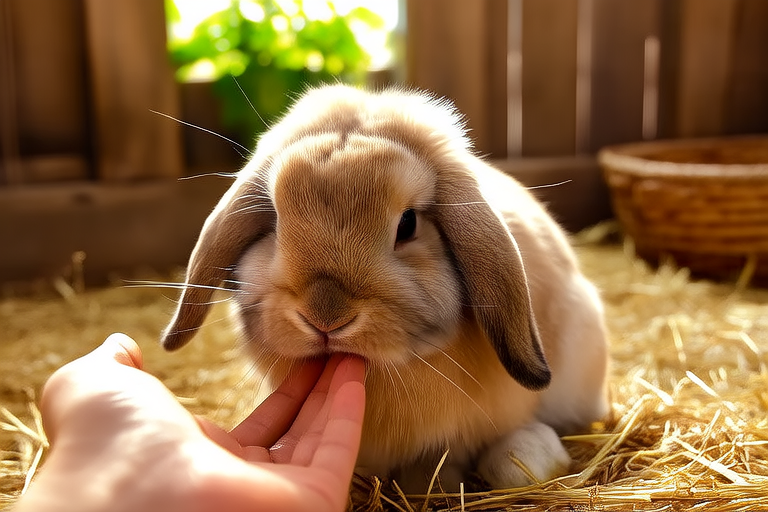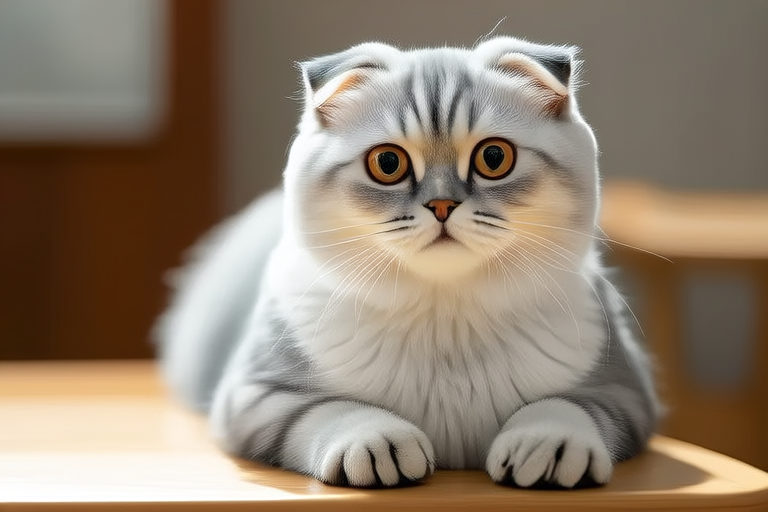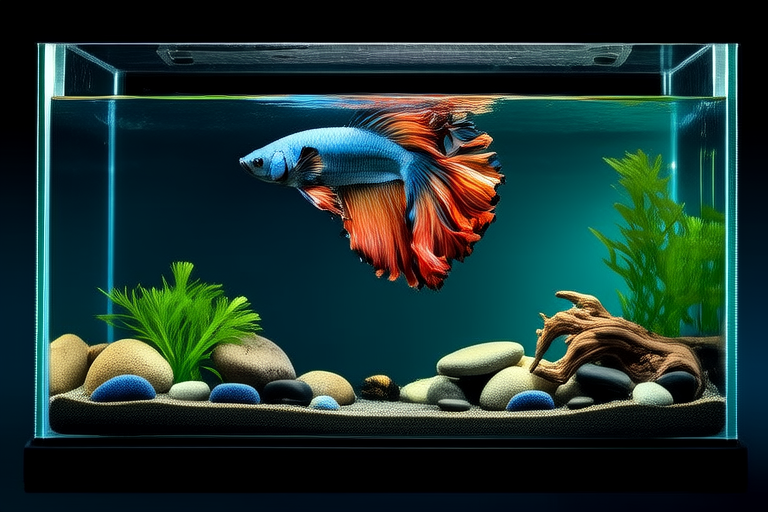
How to Care for Your Lop Rabbit Like a Pro
Welcome to your ultimate guide on caring for your lop rabbit! Lop rabbits are beloved for their floppy ears and gentle nature, making them popular pets among families and individuals alike. This comprehensive guide will walk you through the essentials of lop rabbit care, ensuring that you can provide your furry friend with the best possible life. From diet and housing to grooming and health care, we’ll cover everything you need to know.
Proper Diet for Your Lop Rabbit
Diet is crucial for maintaining your lop rabbit’s health. A balanced diet should primarily consist of hay, which should make up around 80% of their daily intake. Timothy hay is recommended for adult rabbits, while younger rabbits may benefit from alfalfa hay due to its higher calcium content. Fresh vegetables and fruits should be offered in moderation, providing essential vitamins and minerals. Always introduce new foods gradually to prevent digestive upset.
Commercial rabbit pellets can be given but should not replace hay as the mainstay of their diet. Water is vital; ensure your rabbit has access to fresh water at all times. Avoid feeding your lop rabbit starchy or sugary treats frequently, as these can lead to obesity and dental problems.
Housing Requirements for Your Lop Rabbit
Lop rabbits require spacious housing that allows them to move freely and stretch out their long bodies comfortably. An indoor cage measuring at least 4 feet by 2 feet by 2 feet is ideal for one rabbit, with additional space needed for multiple bunnies. The cage should have a solid floor to prevent sore hocks (ulcerative pododermatitis), a condition caused by pressure sores on the feet.
Provide plenty of bedding material such as straw or shredded paper to keep your rabbit comfortable. Ensure good ventilation and avoid placing the cage directly under windows or near drafts. Rabbits are sensitive to temperature changes, so maintain a consistent room temperature between 60°F and 75°F (15°C to 24°C).
Exercise Needs for Your Lop Rabbit
Regular exercise is important for keeping your lop rabbit healthy and happy. Allow your rabbit supervised time outside of its cage each day, ideally an hour or more. A safe, enclosed area free from hazards like electrical cords and toxic plants is perfect for playtime. Supervision is necessary to protect your rabbit from potential dangers.
Interactive toys can stimulate mental engagement, preventing boredom and destructive behaviors. Consider tunnels, chew toys, and balls designed specifically for small animals. Exercise promotes muscle development and aids digestion, reducing the risk of gastrointestinal stasis, a potentially fatal condition.
Grooming Tips for Your Lop Rabbit
Lop rabbits have longer ears than many other breeds, requiring special attention during grooming. Regular brushing helps remove loose fur and prevents matting. Use a soft-bristled brush or comb to gently brush your rabbit’s coat several times a week. Pay particular attention to the ears, as they can accumulate dirt and debris.
Baths are generally unnecessary unless your rabbit becomes excessively dirty. If bathing is required, use a mild pet shampoo and warm water, ensuring thorough rinsing to remove all soap residue. Dry your rabbit thoroughly afterward to prevent chills. Trim nails when needed, usually every few weeks, to prevent overgrowth that could cause discomfort or injury.
Health Care Basics for Your Lop Rabbit
Scheduling regular veterinary check-ups is essential for early detection of health issues. Common conditions include dental problems, respiratory infections, and gastrointestinal disorders. Familiarize yourself with signs of illness, such as lethargy, loss of appetite, or abnormal droppings.
Vaccinations are not typically required for house rabbits, but consult your veterinarian about appropriate preventive measures. Spaying or neutering your rabbit can reduce the risk of certain cancers and behavioral issues. Maintain a clean living environment to minimize the spread of bacteria and parasites.
Common Behavioral Issues in Lop Rabbits
Lop rabbits, like all animals, can exhibit problematic behaviors. Biting, chewing furniture, or digging inappropriately may arise due to boredom or lack of stimulation. Redirect these behaviors by providing plenty of toys and activities. Neutering or spaying can also help reduce aggression associated with hormonal fluctuations.
Some rabbits may become territorial or aggressive if introduced to new environments too quickly. Gradual introductions and positive reinforcement training can ease transitions. Patience and consistency are key when addressing behavioral challenges.
Unique Care Considerations for Lop Rabbits
Lop rabbits possess distinct physical characteristics that require special care. Their large, floppy ears are prone to injuries and infections if not properly maintained. Check ears regularly for signs of redness, swelling, or discharge, and clean gently if necessary.
Due to their size and weight distribution, lop rabbits may experience back or joint pain. Providing a supportive sleeping area and encouraging moderate exercise can help alleviate discomfort. Additionally, monitor your rabbit’s weight closely to prevent obesity, which exacerbates musculoskeletal issues.
In conclusion, caring for a lop rabbit involves understanding their dietary needs, providing adequate housing and exercise opportunities, maintaining good hygiene practices, monitoring health closely, addressing behavioral concerns promptly, and being aware of unique care requirements. By following these guidelines, you can ensure your lop rabbit enjoys a long, healthy, and joyful life.




